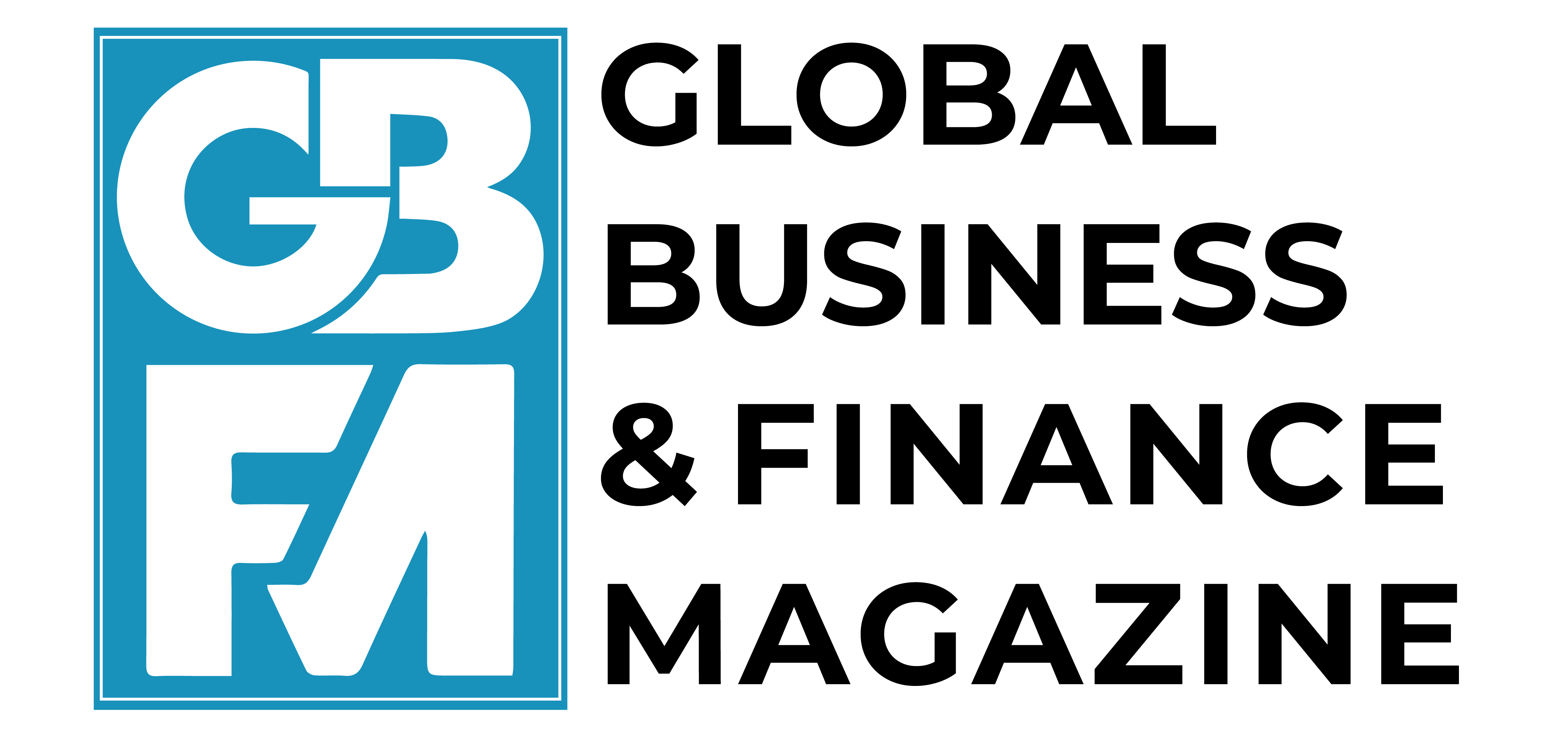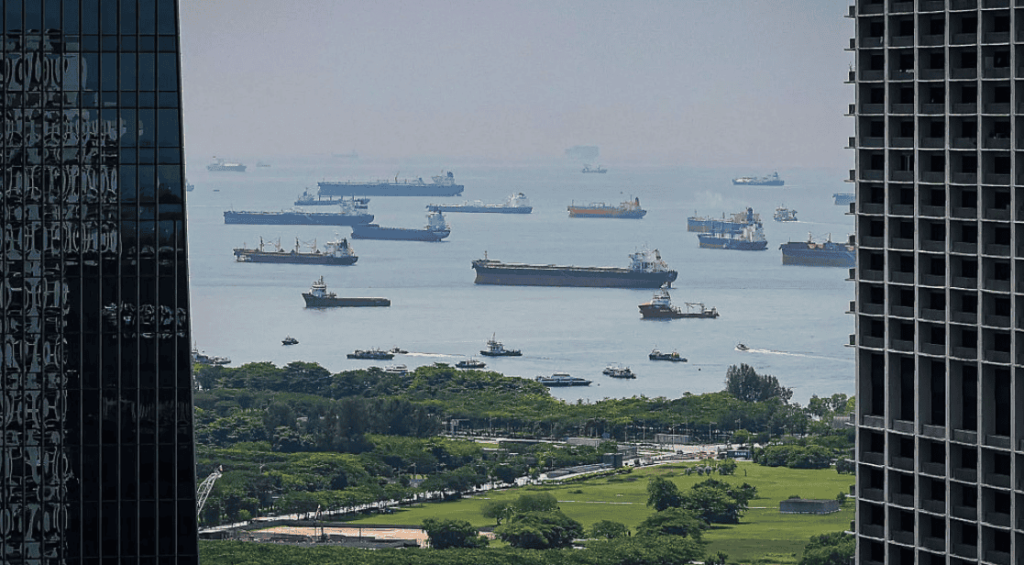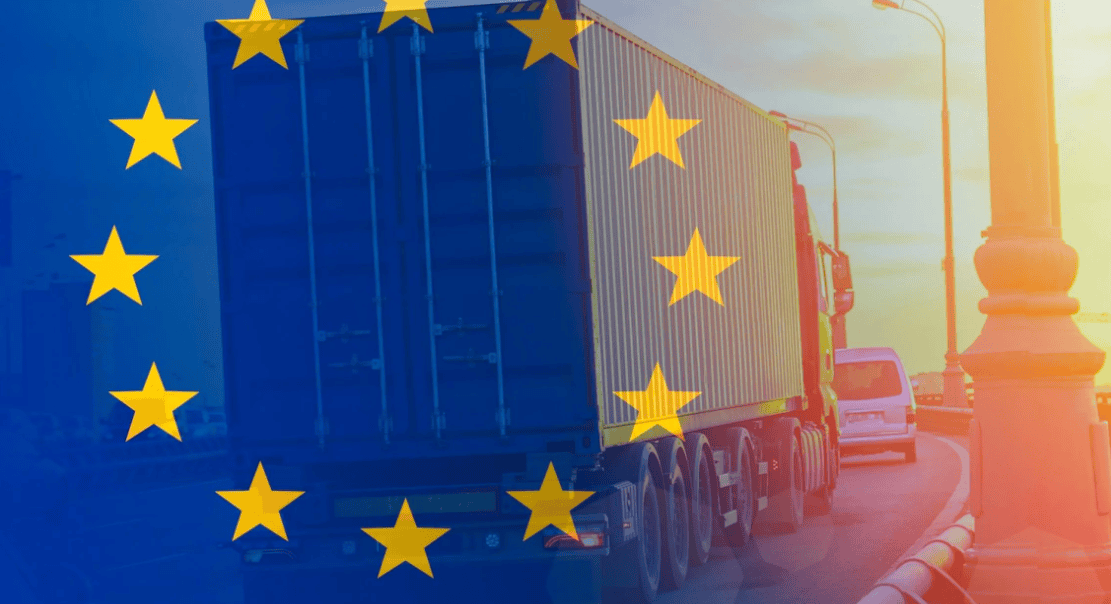The major turbulence being experienced by the world economy could lead to a global recession and the collapse of the norms and institutions that have been critical for stability and economic development since the Second World War. In particular, the United States has adopted a level of tariff protection last seen in the 1930s and there are signals of financial instability that could weaken the role of the dollar in the international monetary system. Meanwhile, China is doubling down on state-led mercantilist policies and appears to be unable or unwilling to change its growth model in a way that would contribute to rebalancing the global economy. Economic tensions are compounded by escalating geopolitical rivalry. While the European Union evaluates what a trade deal with the Trump administration could involve, it should also work with likeminded countries to reform the global trading system.
The European Union and most trading economies, including many emerging economies, have a common interest in a rules-based economic system, even if this needs to be transformed fundamentally. Trading economies are equally concerned about the risk of a bipolar system based on spheres of influence. But so far, the need to respond to the immediate threat of Trump’s tariffs has prevented the emergence of a cohesive coalition that could advocate for respect of World Trade Organization rules while promoting a fundamental reform of multilateral economic governance.
The EU should work to establish such coalition. This should not depend on the willingness of the US and/or China to engage and should be ready to take autonomous initiatives through open plurilateral agreements. Such agreements could later be integrated into a reformed WTO framework. If the conditions for multilateral reform are not met, the coalition could provide a pole of stability for those countries committed to a modernized rules-based trading system.
The need for a systemic response to US tariffs
The chaotic way in which US trade policy is being developed makes it hard to predict how tariffs will evolve. The most likely scenario may involve three elements:
- A 10 percent US import surcharge, ostensibly to raise revenues;
- Protective tariffs of 25 percent for a large number of manufacturing sectors (so-called Section 232 tariffs, for which a national-security justification is used). So far, these tariffs target the steel, aluminium and auto sectors but might be extended to pharmaceuticals, aircraft, semiconductors and others;
- Tiered tariffs on China, with higher levies on those sectors for which the US is seeking strategic decoupling, including those subject to sectoral tariffs.
Under the China-US trade deal announced on 12 May, tariffs range from 30 percent for US imports from China for sectors that were not impacted by tariffs imposed by the first Trump administration to 65 percent for the sectors protected by Section 232 tariffs (with a few higher tariffs introduced previously by the Biden administration). These tariffs could be further reduced by 20 percent if there is a deal on preventing fentanyl flows to the US.
Meanwhile, Trump has announced a 20 percent tariff on the EU, although currently only a 10 percent tariff is being imposed on products not affected by Section 232 tariffs. The negative impact of this could be around 0.3 percent of EU GDP (Barata da Rocha et al, 2025), which is significant although not enough to push the EU economy into a recession. The EU can also expect trade diversion from China and other countries impacted by US ‘reciprocal’ tariffs calculated according to countries’ trade surpluses with the US.
These risks should not, however, be exaggerated. The 12 May US-China deal only maintains prohibitive tariffs for sectors already heavily protected by the Biden administration, and for which Chinese exports to the US are very limited. The bigger risk is that a US-China agreement will be based on managed-trade approaches that further weaken the rules-based trading system and negatively impact EU access to the China market. The EU could also be negatively impacted if the countries that do not have free trade agreements with the EU respond to US reciprocal tariffs by offering the US preferential market access.
To limit the impact of the negative demand shock arising from US tariffs, the best policy for the EU will be to support growth through economic stimulus and reinforcement of the single market. A full European response would require a political decision to issue Euro Bonds to finance both defence expenditure and other public goods such as critical cross-border energy infrastructure, together with legislative proposals to achieve a savings union. Issuance of Euro Bonds and a more expansive EU budget would also reinforce the international role of the euro and put the EU in an offensive position in international discussions on the correction of macroeconomic imbalances.
New trade agreements and an EU-CPTPP partnership
The first major test for EU trade policy in responding to the new situation ushered in by Trump is whether the EU trade agreement with Mercosur, finalised in December 2024, can be ratified rapidly. This should be accompanied by a proactive trade policy that includes more strategic trade relationships with the United Kingdom and Switzerland, and conclusion of free trade agreements with India, Australia and important Association of Southeast Asian Nations (ASEAN) countries. The EU should also renew its focus on Africa through investment partnerships that support value addition and better integration in shared value chains, starting with the conclusion of negotiations on a clean trade and investment partnership with South Africa.
Improving relationships with countries in the Global South will also require responding to their concerns about the impact of European Green Deal measures on their exports. The next EU budget, from 2028, should include a fund to support decarbonisation in developing countries. More broadly the EU needs to develop a partnership approach to its green industrial policies, based on a willingness to better integrate developing countries into green value chains, as planned through Clean Trade and Investment Partnerships.
The EU should however go beyond developing bilateral trade agreements. The more strategic objective should be to establish a strong alliance of countries committed both to rules-based trade and the modernisation of global trade rules. EU trade ministers should meet their counterparts from Comprehensive and Progressive Agreement for Trans-Pacific Partnership (CPTPP) countries. The immediate goal would be to agree a set of common principles on how to respond to the challenges raised by US tariffs and US-China negotiations. But this should be accompanied by the medium-term goal of preparing the ground for WTO reform.
Fundamental WTO reform will, however, take time. It is not a realistic prospect while President Trump is in office, and it is uncertain when the political conditions for such a reform would be met. EU and CPTPP trade ministers should therefore develop a structured cooperation framework, including the option of plurilateral agreements that would be open for other countries to join. At a minimum, the cooperation framework should agree on how trade rules can be modernised in areas including digital trade, the interface between trade and climate policies, and cooperation on economic security and supply-chain resilience. These discussions could provide the basis in the short-term for negotiations on a digital trade agreement, and on joint principles to promote resilient and sustainable value chains.
Consideration should also be given to how to better integrate value chains through a common protocol on rules of origin. To avoid complex negotiations, the protocol would complement rules included in the CPTPP and bilateral agreements, giving firms the option to use the common rules if they wish to benefit from cumulation. The rules should moreover not be too relaxed on non-originating content in light of concerns about the high degree of Chinese content in some products manufactured in the Indo Pacific region. Resolving these challenges would have a significant trade-facilitating effect through rules that link all the FTAs in the region, and potentially also FTAs with other countries in Europe, Asia or Latin America.
Beyond engagement with the CPTPP, the EU should reach out to major emerging economies including Brazil, India and South Africa to prepare the ground for the next WTO Ministerial, taking place in March 2026 in Cameroon. This could be the occasion for a political discussion on the fundamental reforms needed to bring stability back to the global trading system. Ministers should in particular recognise the need to develop new approaches to improve disciplines on agricultural and industrial subsidies.
The Ministerial should also aim to agree a development package focused on issues on which Chinese and US cooperation is possible, and which respond to the concerns of developing countries most seriously impacted by current geopolitical tensions. Four elements of such a package could be:
- A renewed commitment to duty-free, quota-free access for the least-developed countries, including readiness by the US to exempt those countries from the 10 percent import surcharge;
- A Ministerial decision on economic integration of African countries, including the possibility of case-by-case WTO rule exemptions for measures that promote greater pan-African value addition;
- The integration into the WTO of the already concluded plurilateral agreement on Investment Facilitation for Development ;
- A food-security decision that allows least-developed countries and net-food-importing countries to benefit from flexibilities on public stockholding of food supplies that currently benefit only India.
Even if it may be challenging to reach agreement on all these issues, the EU should lead in seeking maximum support.
Fundamental multilateral economic governance reform
While the Trump administration appears determined to ignore international norms, dismantling the economic integration achieved in the last 80 years would be very costly in economic terms. The US is currently unlikely to take the lead in any initiative to reform multilateral governance. The ground must be prepared instead by an EU-led coalition of countries. The coalition would of course need to engage with both the US and China to identify whether the political conditions for reform are met. Major emerging economies, including India, Brazil and South Africa, will have to be fully involved in the preparation of the reform negotiations.
A fundamental reform of the WTO would need to respond to five challenges:
- Subsidies and other forms of public support given to industrial sectors are at least as significant as those affecting agriculture, and neither of them are subject to effective WTO disciplines.
- Countries are increasingly implementing economic-security measures without any clarity on their relationships with WTO rules.
- The balance of tariff and services commitments agreed in 1995 when the WTO was created no longer corresponds to economic realities.
- The WTO will only retain relevance as a negotiating forum if it is sufficiently flexible to incorporate open plurilateral agreements.
- Multilateral agreement on a binding dispute settlement system will only be possible if a solution can be found to challenges 1-4.
Responding to these challenges implies a transformation of the global trading system as significant as that which resulted in the establishment of the WTO. While a comprehensive round of trade negotiations would not be required, each issue raises trade-offs and would require careful preparation and intellectual leadership. A balance would need to be struck between improved disciplines to promote a level playing field and leeway for countries to pursue industrial policies and economic security. Trade negotiations would moreover need to be coordinated with other aspects of multilateral economic governance reform, notably reinforced coordination of macroeconomic governance, an improved development compact and stronger commitments to fulfil climate objectives.
Source : Bruegel



































































